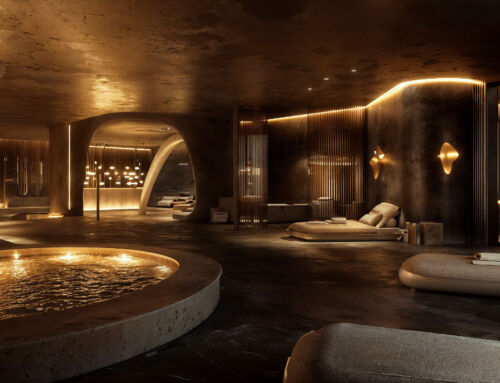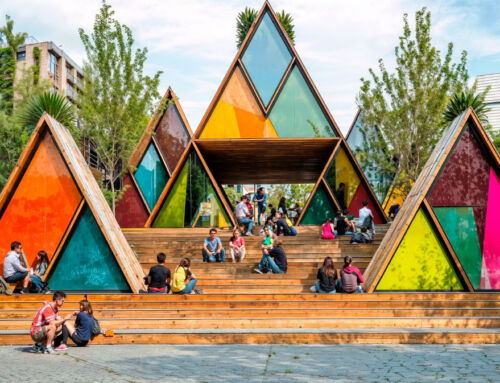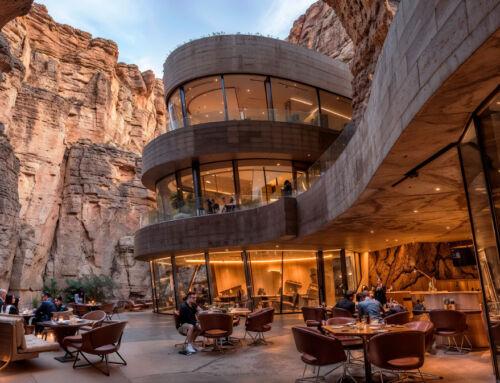The integration into natural landscapes of the so-called “via ferratas” (vertical or horizontal itineraries equipped with various climbing equipment to reach areas that are difficult to access), requires careful consideration of technical and environmental aspects, both for the safety of users and to minimise ecological impact and preserve the natural environment. To this end, it is imperative to assess the geological, biological and landscape characteristics prior to installation.
On the geological side, the composition of the rock substrate must be identified in order to ensure the structural stability and long-term safety of the via ferrata elements. To avoid corrosion and other deterioration processes, anchor materials, steps, etc. must be compatible with the local geological composition.

https://commons.wikimedia.org/wiki/File:Via_ferrata_Sandro_Pertini_-_panoramio.jpg
With regard to biodiversity, via ferratas should avoid areas of special protection such as nature reserves, national parks and protected habitats of endemic or endangered species. The environmental impact assessment should include flora and fauna studies to identify possible negative interactions, such as the disturbance of migratory bird routes or the alteration of fragile ecosystems.
The design of zip lines and Tibetan bridges also requires an analysis of their impact on biodiversity. Zip lines must be designed to avoid intersection with bird flight paths and nesting areas, while Tibetan bridges must be adapted to the topography without significantly modifying the terrain.

https://commons.wikimedia.org/wiki/File:Klettersteig_Speikboden_4.jpg
Escape and evacuation routes should be strategically planned to ensure safety without compromising the integrity of the environment. The location of these routes should allow for efficient and discreet retreat, preferably via existing natural routes, so as to reduce the need for additional interventions in the landscape.
In protected areas and national parks or nature reserves, a rigorous approach, and often a ban on the installation of via ferratas, is imperative. The issue is to limit human intervention as much as possible, to opt for low-impact construction techniques and to use sustainable, non-polluting materials. At the same time, activities in these areas must be strictly regulated. To close the circle, it is necessary to focus on environmental education of users and tourists, and to implement active conservation measures.

An alternative to these via ferratas in nature are the themed indoor or outdoor spaces, where the facilities and environments suitable for adventure sports and via ferratas are reproduced. In these adventure parks you can enjoy the same activities but in a controlled environment free of environmental hazards. One of Amusement Logic’s specialities is precisely the design, architecture and construction of this type of attractions for leisure and tourism.
By Juan Guardiola Cutillas, senior architect in Amusement Logic’s Architecture Department.






